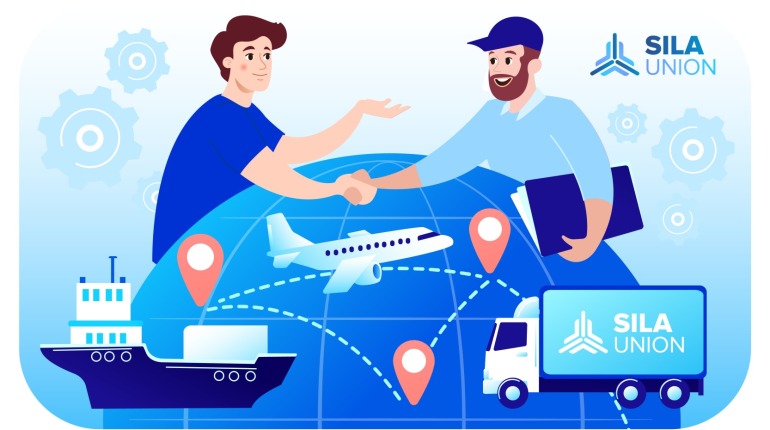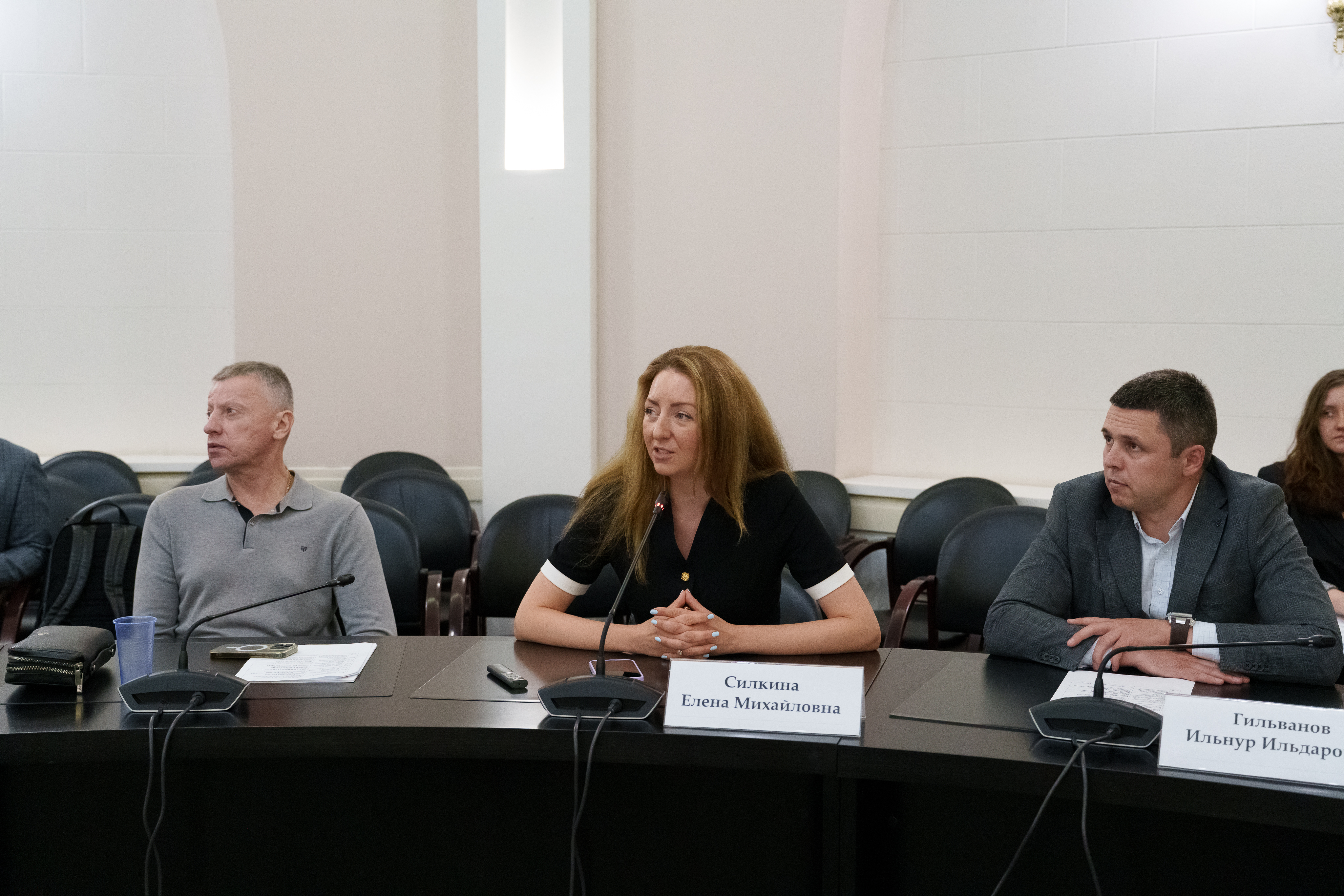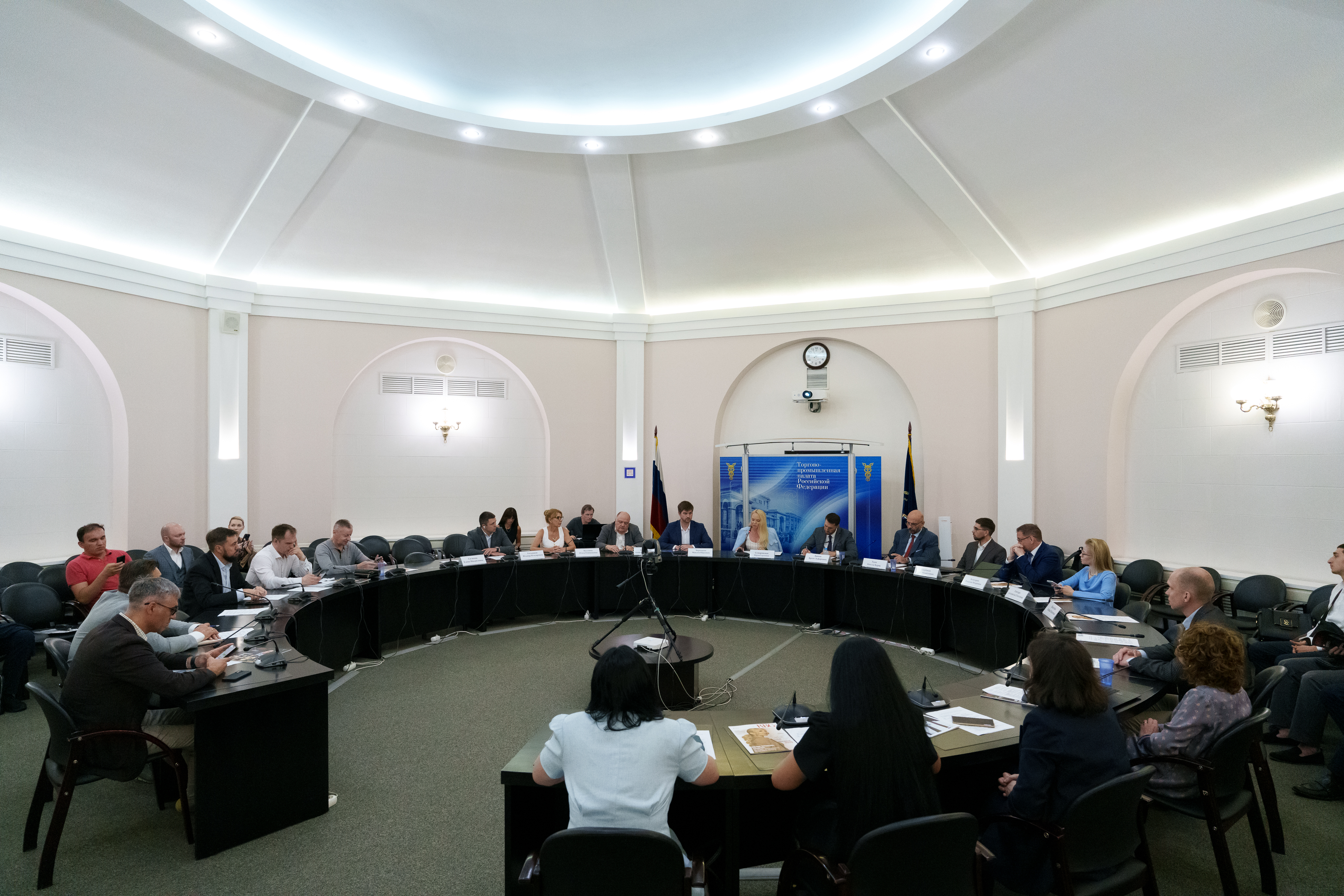
SILA Union and the Development of Transport Corridors: New Trends in Logistics Digitalization
Today, global logistics is undergoing a deep transformation: transport corridors are changing, automation requirements are rising, and digital solutions are becoming a key factor in the resilience of international trade. In this context, digital platforms such as Russia’s SILA Union are emerging as essential tools to ensure reliability, transparency, and process automation. On July 17, during a Roundtable on the Development of Transport Corridors, SILA Union presented its approach to deep digital governance and highlighted key focus areas for logistics market participants.
The associations “Russian-Turkish Dialogue” and “Russian-Azerbaijani Dialogue,” the Chamber of Commerce and Industry of the Russian Federation, the Honorary Representative Office of the RF CCI in Azerbaijan, and Russian Business Guide held a Roundtable on July 17 titled “Development of Transport Corridors. Logistics Trends — 2025.” The event brought together the Trade Representation of the Russian Federation in the Republic of Azerbaijan, government officials, logistics companies, e-commerce businesses, public organizations, and leading IT companies — including SILA Union.
Today, logistics is a true digital architecture connecting countries, currencies, infrastructure, and market needs. As these connections grow more complex, the need for robust management becomes more urgent. In the discussion on the future of transport corridors, SILA Union presented a practical perspective on process automation through the implementation of a BPM solution focused on end-to-end digitalization of supply chains.
Elena Silkina, Managing Partner at SILA Union, in her speech “Vectors of Digitalization and Automation: The BPM Product,” outlined the pathways for logistics digital transformation amid the rethinking of international transport corridors.
«Our goal is not to adapt to changes, but to stay ahead of them. SILA Union's solution is about efficiency, transparency, and real-time modeling. It’s about transforming logistics into a manageable, structured system — without chaos — supported by a stable architecture, clear analytics, and visual insight,” said Elena Silkina.

The advanced SILA Union system attracted strong interest from attendees due to its alignment with real market demands: reducing costs, managing risks, and ensuring transparency in logistics operations. In an era where speed in decision-making and business model flexibility are critical, such solutions are becoming essential building blocks for creating an effective and integrated business ecosystem.
The modern SILA Union platform enables modeling and synthesis of fragmented processes — from warehouse management and document flow to cross-border deliveries — within a unified digital environment. This is especially relevant given the rise in cross-border trade, which requires complete synchronization across logistics, finance, legal, and regulatory domains.
Participants at the roundtable raised pressing issues: establishing a full-scale return system in cross-border e-commerce, rail infrastructure overload in Kazakhstan, and challenges in corporate settlements under sanctions pressure. These concerns show that traditional approaches are no longer effective. What’s needed is an ecosystem where logistics evolves in tandem with technology.
«Today, logistics is analytics, automation, and management integrated into a unified digital space, embedded into every stage of delivery. At SILA Union, we see the market evolving and are offering solutions designed for the future,” added Elena Silkina.
Expert insights were supported by reports from participants representing Russia, Turkey, Azerbaijan, and Kazakhstan. Special attention was given to digital transformation in logistics — from federal initiatives to private tech solutions. Business and government representatives agreed that only close collaboration among all stakeholders — from software developers to public authorities — will enable the launch of fully operational transport corridors. Innovative solutions are what determine the strength and resilience of economic connections.
The future of logistics lies in the fusion of digital engineering, geopolitical analysis, and managerial precision. Those who are building digital bridges between countries and businesses today will shape the rules of global trade tomorrow. And among those setting new standards is SILA Union, confidently shaping the modern digital landscape of logistics.






